

Dojo loaches, popularly known as pond loaches or weather loaches, are interesting omnivorous freshwater fish native to Eastern Asia. They got their ‘weather loach’ name from their ability to predict a storm. They display the warning signs through their body language. You will notice their increased swimming activity, and they might even jump and splash around. The Dojo loach are nocturnal, thus more active during the night and restful the entire day. They are very hardy and grow so fast and are therefore a perfect option for beginner fish keepers.
Dojo loaches are super-fascinating fish to have in your home aquarium. Caring for them is a breeze as they have uncomplicated tank requirements. You can add a few tank mates to make your aquarium more fun. This article gives a detailed guide on the best Dojo loach tank mates to add to your fish tank and how to set up the aquarium for them.
Dojo loaches are popular among beginner and expert fish keepers because caring for them is super-easy, but can they cohabitate with other fish?
Dojo loaches are very peaceful fish. They stay out in the open when they are comfortable ad hide when they are threatened. When in a larger group, Dojo loaches are playful and social. They are also friendly with humans. If you feed them well and take good care of them, they will get used to you and allow you to touch them or feed them by hand.
Dojo loaches love to explore the tank, and they have a high activity level. Occasionally, you will see them trying to jump out of the tank, and you might find one or two on the floor. Whenever this happens, just re-introduce them to the tank but ensure your tank is well secured. The best thing about Dojo loaches is that they can use atmospheric oxygen to stay alive outside water.
You can keep one Dojo loach in your tank, but experts advise against it. The fish are very social and do best when in a group of 3 or more. They can also thrive in community tanks because of their peaceful nature. You will notice them exhibiting signs of socialization with other non-aggressive fish in a community tank like laying out or playfully chasing them around the tank.
When considering tank partners for your Dojo loaches, go for fish that occupy other parts of the aquarium.
Dojo loaches are bottom dwellers, so non-aggressive upper and middle dwellers would do.
If you are in the market for Dojo loaches and have no idea where to get some, check out Quinn’s fins Dojo loaches. They are about 4 to 6 inches long, non-aggressive, and the absolute cleaners for your tank.
Here are a few things to consider when setting up an aquarium for Dojo loaches.
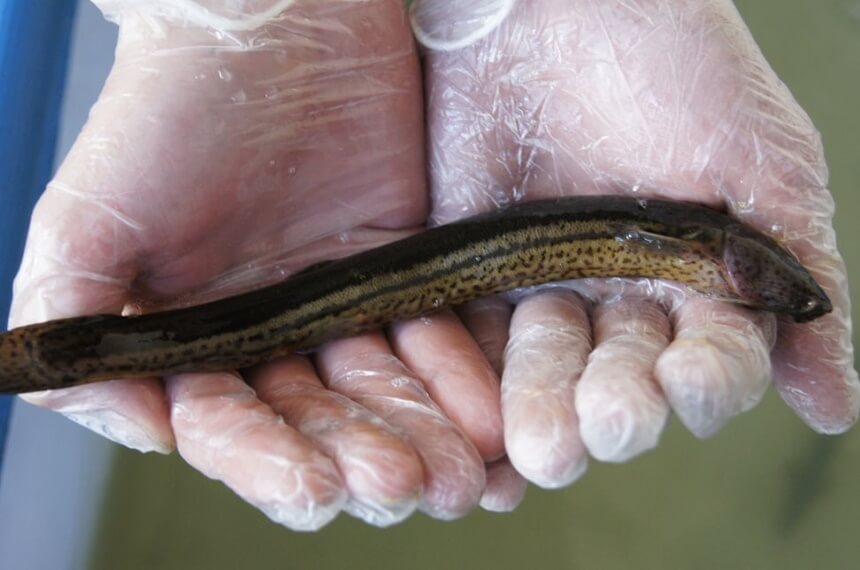
Also, because of their high activity level and playful nature, consider getting a fish tank with a tight lid to prevent them from jumping out.
Dojo loaches are native to Eastern Asia in countries like Japan, China, Vietnam, and Korea. They are also found in Russia and can thrive in streams, ponds, small lakes, and any other shallow bodies of water.
Their availability in so many areas of the world is already an indicator that Dojo loaches are tolerant to different water conditions. They can thrive in very cold water better than other freshwater species. Although they are hardy, you should provide a conducive environment for your Dojo loaches. Experts recommend a water temperature of 50 degrees F to 82 degrees F, water hardness of 5 to 12dKH, and pH levels of 6.5 to 8.0.
What’s more, you have to ensure the water in the aquarium is clean and fresh. Invest in the best fish tank filter to keep the water clean and conducive enough for your Dojo Loaches.
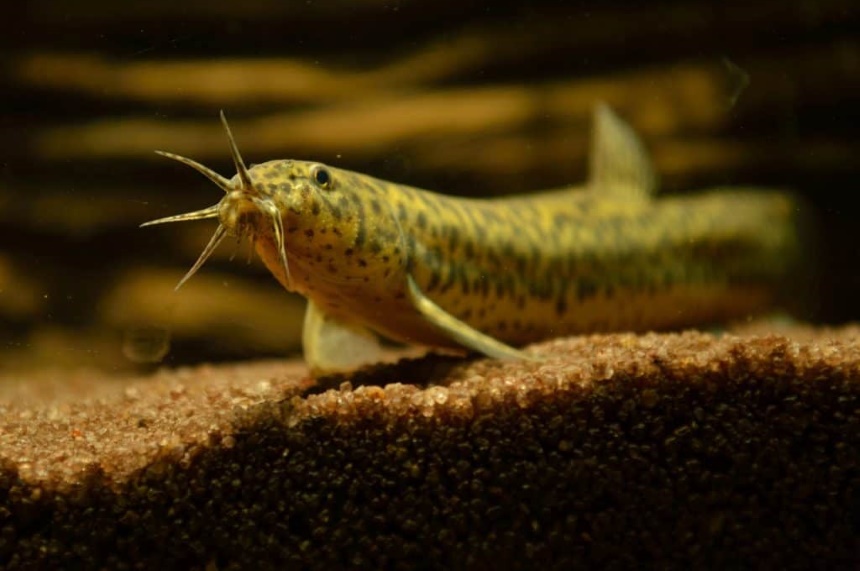
You can use plants that can tolerate the cooler temperatures of the aquarium. Avoid rooted plants as the Dojo loaches can dig them up, remember they have a stubborn nature. You can opt for aquatic mosses or ferns that will cling to decorations in the tank or driftwood, which will be a good hiding spot.
The Majoywoo natural driftwood remains the most popular driftwood among fish keepers because it is incredibly affordable, durable, and suitable for aquariums of different styles and sizes.
Since Dojo loaches are a peaceful species, choosing tank mates for them is pretty easy. They only become aggressive towards smaller fish when they are hungry. Although they do not exhibit a schooling nature, Trusted Source The answer lies in the fish genome, suggesting that complex social behavior in other animals, including humans, is also genetically ingrained www.scientificamerican.com you should have Dojo loaches in a group of 3 or more because of their social nature.
Since Dojo loaches can get aggressive towards smaller fish when they are hungry, the best tank partners for them would be the not too small or the not too large peaceful fish. Here are some of the best tank mates for Dojo loaches;
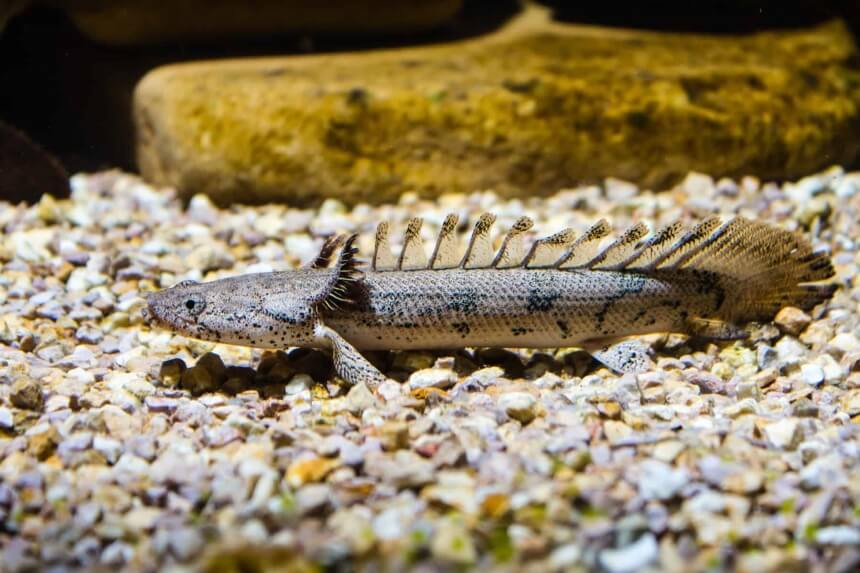
| Size | 11-23 in |
| Tank size | 40 gal |
| Food | Carnivore |
| Temper | Peaceful most of the time |
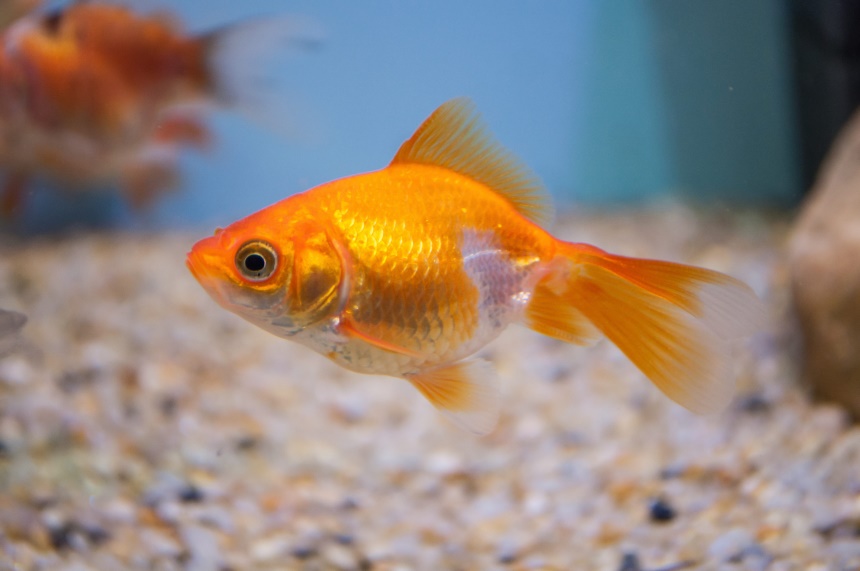
| Size | 1-6 in |
| Tank size | 20 gal |
| Food | Omnivore |
| Temper | Peaceful |
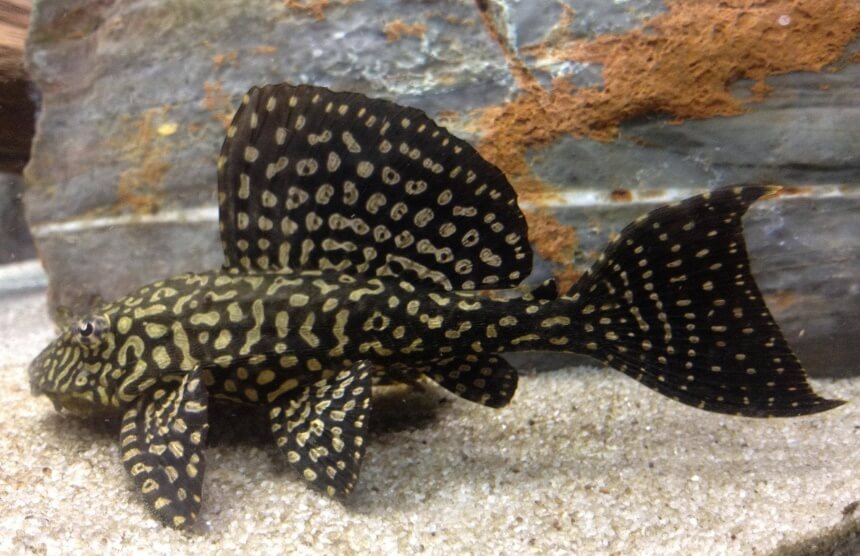
| Size | 1-2 in |
| Tank size | 10 gal |
| Food | Omnivore |
| Temper | Peaceful |
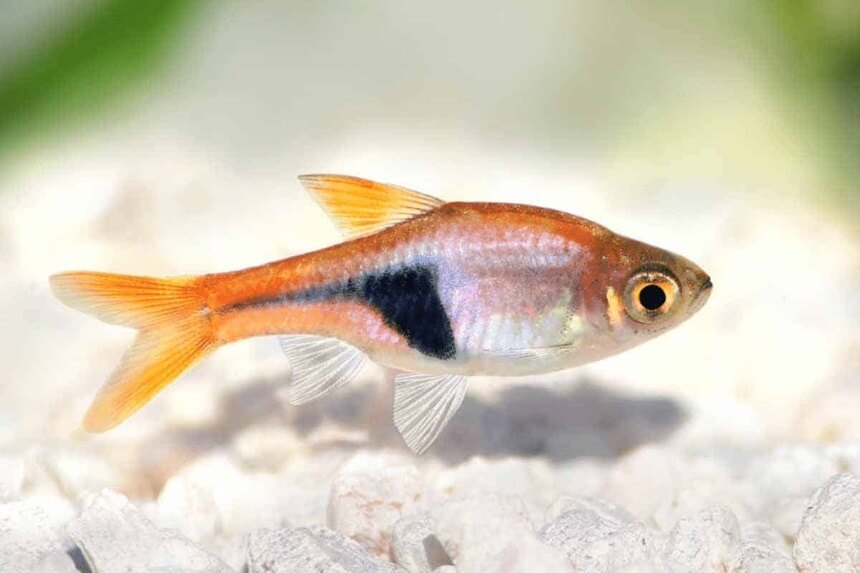
| Size | 1-2 in |
| Tank size | 10 gal |
| Food | Omnivore |
| Temper | Peaceful |
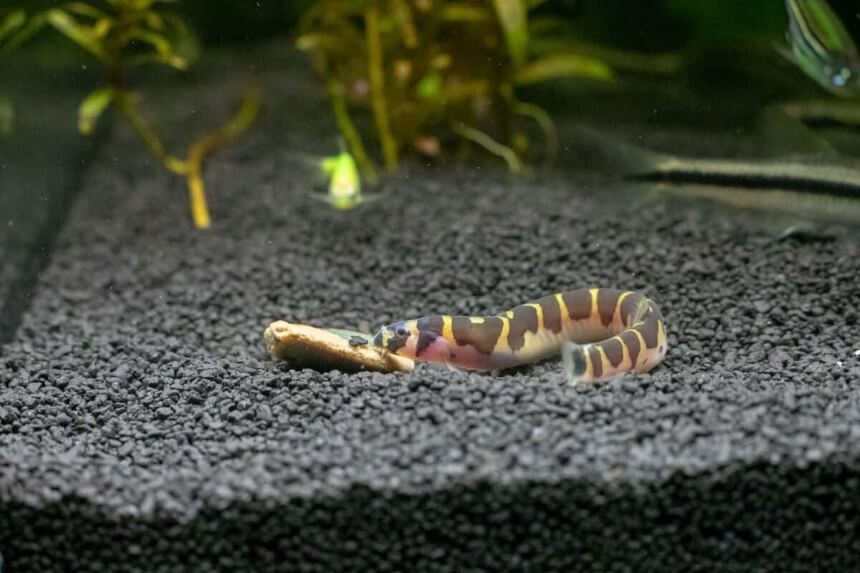
| Size | 3-5 in |
| Tank size | 15 gal |
| Food | Omnivore |
| Temper | Peaceful |
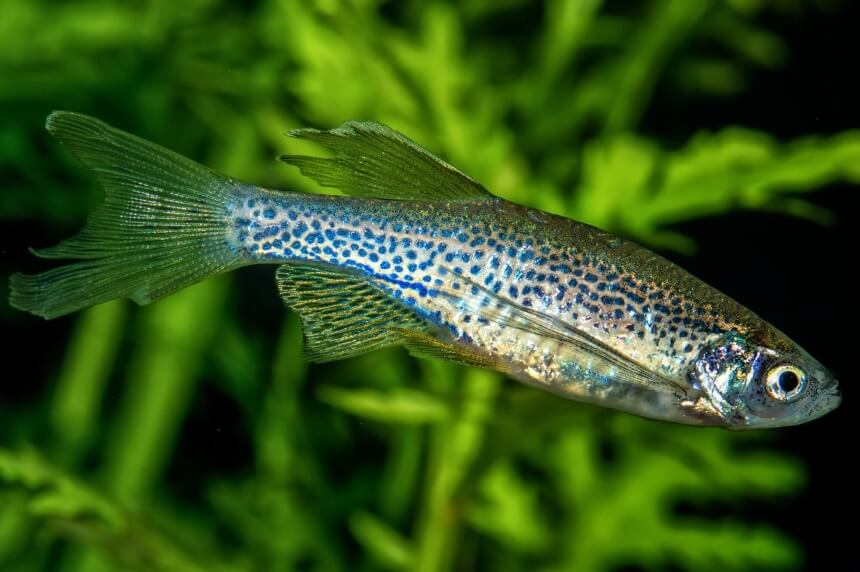
| Size | 1-2 in |
| Tank size | 10 gal |
| Food | Omnivore |
| Temper | Peaceful |
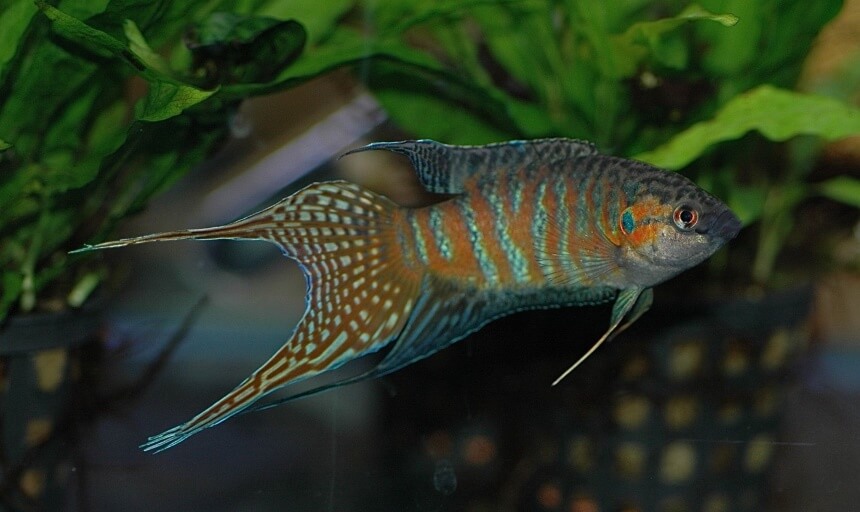
| Size | 2-3 in |
| Tank size | 20 gal |
| Food | Omnivorous and carnivorous |
| Temper | Peaceful most of the time |
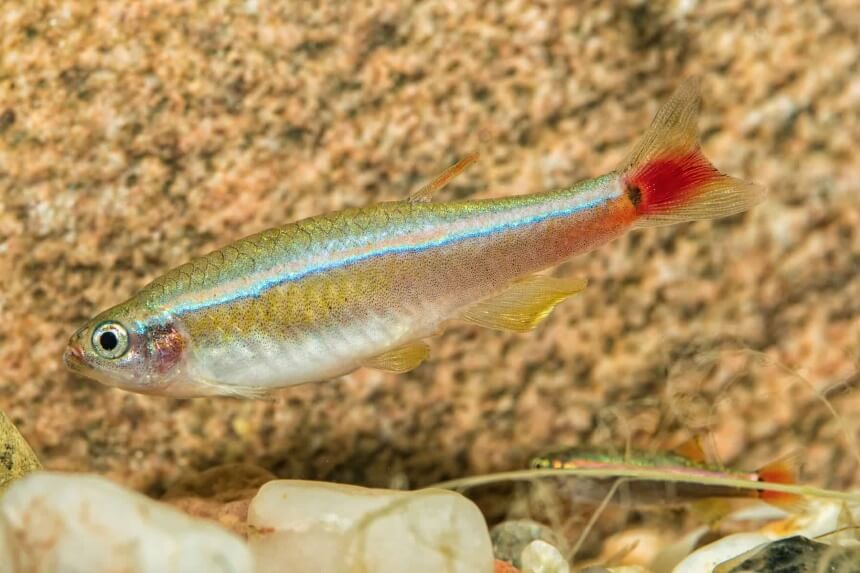
| Size | 1-2 in |
| Tank size | 10 gal |
| Food | Omnivore |
| Temper | Peaceful |
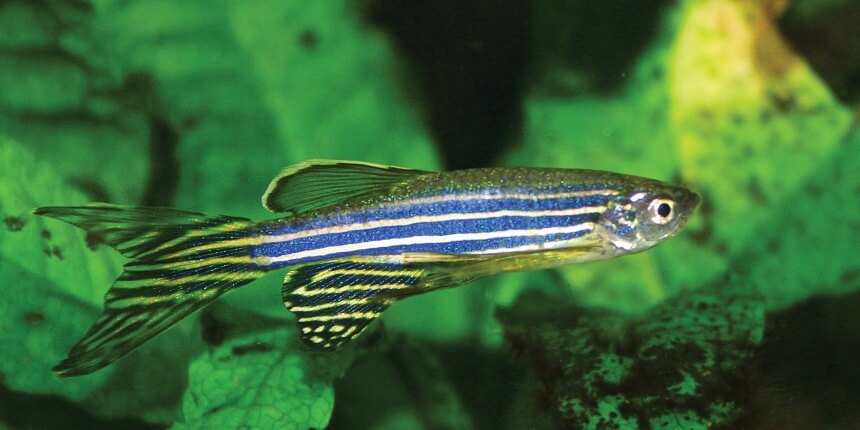
| Size | 1-2 in |
| Tank size | 10 gal |
| Food | Omnivore |
| Temper | Peaceful |
Finding Dojo loach tank mates is not a challenge at all because the fish are peaceful and docile, thus can cohabitate with a wide range of fish species. They only get aggressive towards small fish when they are hungry. Since they stick to the bottom of the fish tank, any middle or upper dwellers that aren’t too small or too large can be successfully kept with Dojo loaches. When it comes to choosing tank partners for your Dojos, you are spoilt for choice.
Our list has the 10 most suitable options. If your tank is large enough to comfortably accommodate the fish you are introducing up to their full growth and you are caring for the Dojo’s well, they will keep you company for as long as a decade.